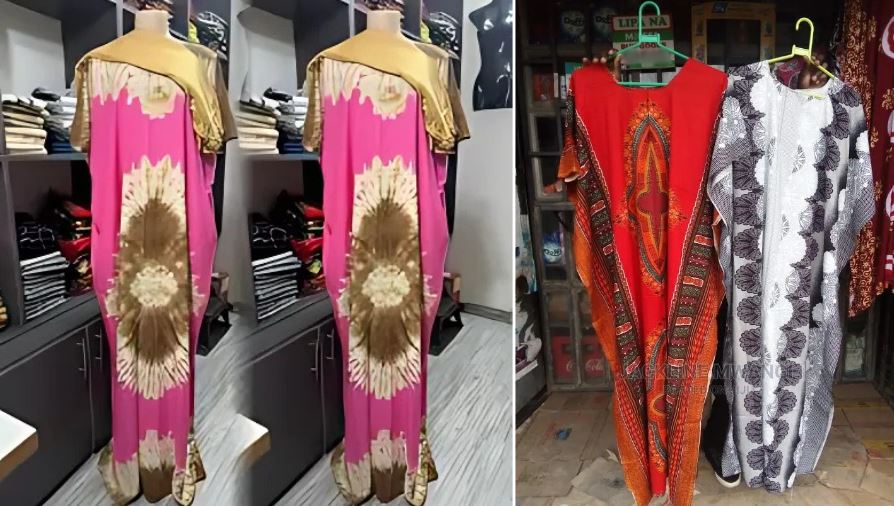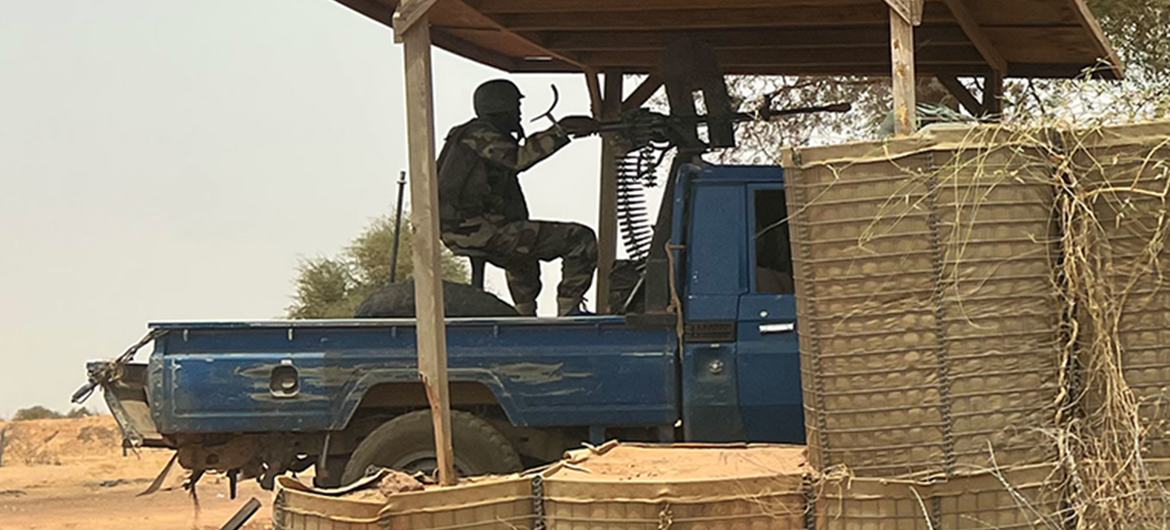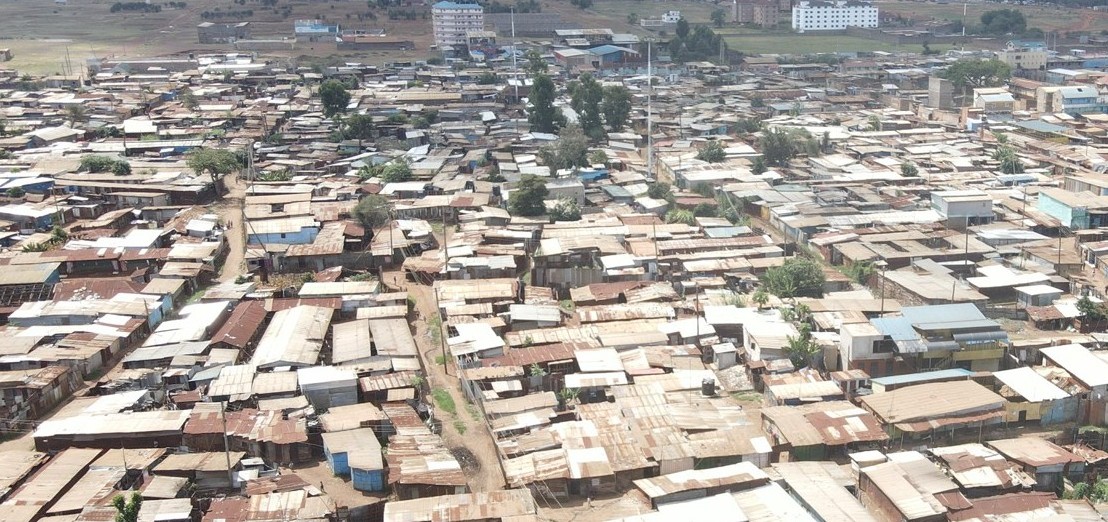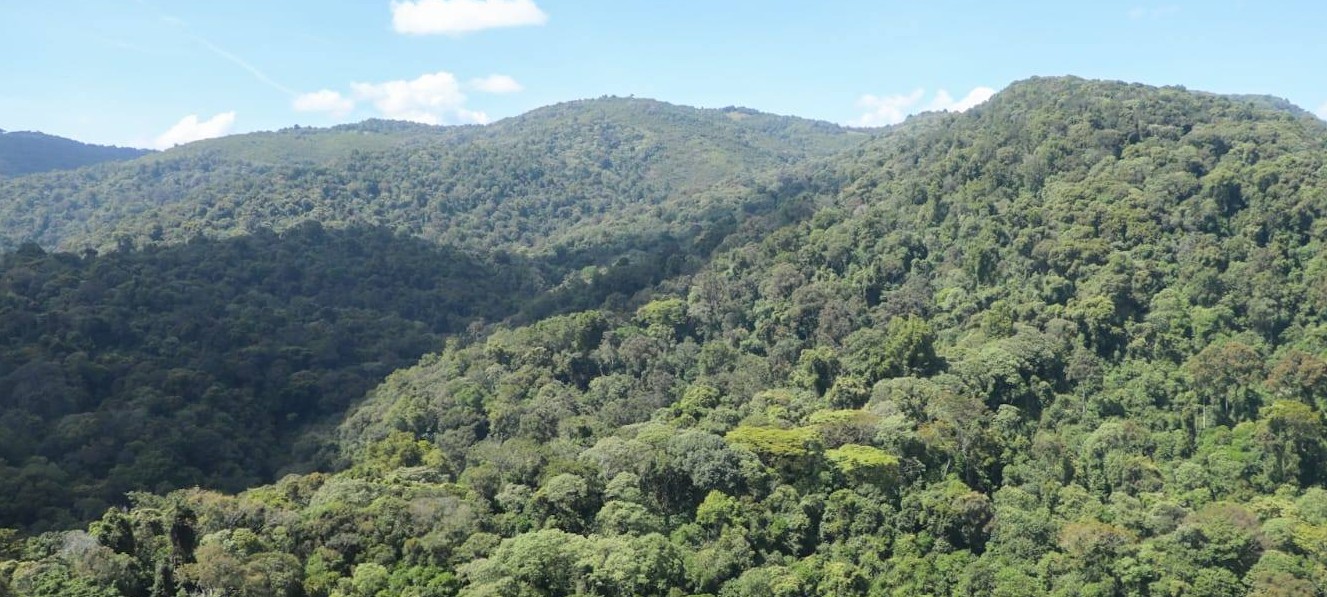Dera dress: A timeless staple for every occasion in Kenyan homes

In Kenya, the unique piece of fashion has become a staple wear in nearly all homes, a trend picked from Muslim women.
Dera, commonly referred to in Kenya as dira/deera amongst the Somali community, has stood the test of time, becoming a basic wardrobe essential for nearly all women across the country due to its versatility.
The versatile, breathable dress can be styled as a casual everyday essential, elevated with jewellery, and easily transformed into trendy variations that appeal to women of all ages.
More To Read
- Mombasa turns trash into opportunity through historic Sh17 billion waste management partnership
- Mombasa cracks down on illegal dumping of construction waste
- Government steps up security in Mombasa to curb rising gang activity
- Civil society petitions Mombasa Assembly over governance lapses
- Search continues for victims of Mombasa boat disaster amid calls for accountability
- Mombasa drivers, pedestrians express relief over installation of traffic lights at Saba Saba
Its origin is somewhat contentious, with some claiming it originated from Yemen and others insisting that it originated from the coast of Somalia, finding its way to Kenya courtesy of Somali traders who migrated into the country.
In Kenya, the unique piece of fashion has become a staple wear in nearly all homes, a trend picked from Muslim women who have all donned it at home and in events as it fits their religious call for modesty.
The Eastleigh Voice spoke to several women in Nairobi on why the dress is so appealing and how they feel about its resurgence, as it’s set to become a staple in many wardrobes with the holiday and festive season approaching.
So much so that many boutiques focused on stocking only deras while marketing them on social media seem to be doing well across several exhibition stalls in Nairobi and the Eastleigh neighbourhood where it's sold in its different varieties.
Leila Mohamed, who wears deras every other day, a habit she picked from her mother and is passing down to her daughter, says the dress represents a big part of who she is.
"Deras for me are an everyday kind of thing and an absolute must-have. Anytime I'm travelling, or in my space, I like to be in deras, or when I'm in the house chilling with my kids, they are comfortable. The cotton material just hugs my skin. I like the way they are free; my body can be able to move. When I'm travelling to really hot areas, I must have one because of the weather, the sweating, and stuff like that, and it's convenient, sort of like a cultural thing or something, and I am also able to pray in one," she says.
Her daughter is similarly growing fond of the dress, symbolising how the trendy piece of fashion is passed on to different generations across cultures.
"It's interesting to see her grow into them, and yeah, anytime she is wearing them, I sort of see my younger version in her. I have a connection to the dress; my mother wears them, so many of my female relatives wear them too. When we go to celebrations, like when my father died, the women who were in my chama were all uniquely covered in purple and yellow, and it signified a unity of purpose to an extent. So, for me, not just being a Muslim woman, it's an everyday must-have," she adds.
For non-Muslim women, the same qualities apply to their love for the dress, as Rose Wairimu explains.
"I love deras for their comfort; they are loose and fit hot weather seasons perfectly. One looks stylish in them and remains cool amongst friends," says the Gen Z who is a student at a local university.
Her wardrobe, she told us, contains two trendy pieces and more ordinary, everyday wear pieces for when she is on holiday away from campus.
"I plan to own at least 10 for use in formal and informal events; I shall bring out the two distinct looks with accessories," she adds.
Deras have also been recently modified to accommodate breastfeeding mothers. Tailors attach a zip line at the front part to allow the baby to suckle milk freely.
Other Topics To Read
The prices of these modified deras vary from cheap to expensive depending on the material and design. The variation in pricing also makes the attire surpass class limitations as it's affordable to many.
From as low as Sh300, one can purchase a piece in Mombasa or Eastleigh and could go high to as much as Sh5,000 as some are made to fit the demands of the stylish woman who does not want to look drab even when doing house chores at home or running errands in town.
The expensive ones come in heavy cotton, chiffon, or even silk; others are beaded; others are accompanied by scarves (mtandio); and still, others are made in colourful prints that make them ideal for travel, lounging, and occasions, all of which have contributed to the dera becoming a widely acceptable form of clothing across many countries, cultures, and religions.
Its long and free-flowing nature also makes it modest wear for the modern woman, a suitable attire for the tropics and coastal region, all of which contribute to its growth.
Some women wear deras with tights on the inside and some wear them as they are depending on where they are.
Deras have equally been worn as beachwear cover-ups at the coast.
"The fact that it's free size and can be worn by petite and plus-size women makes it a favourite to many people. This also means that anyone can give you a piece without getting your size wrong," said Susan Were, a resident of Nairobi.
Top Stories Today











































